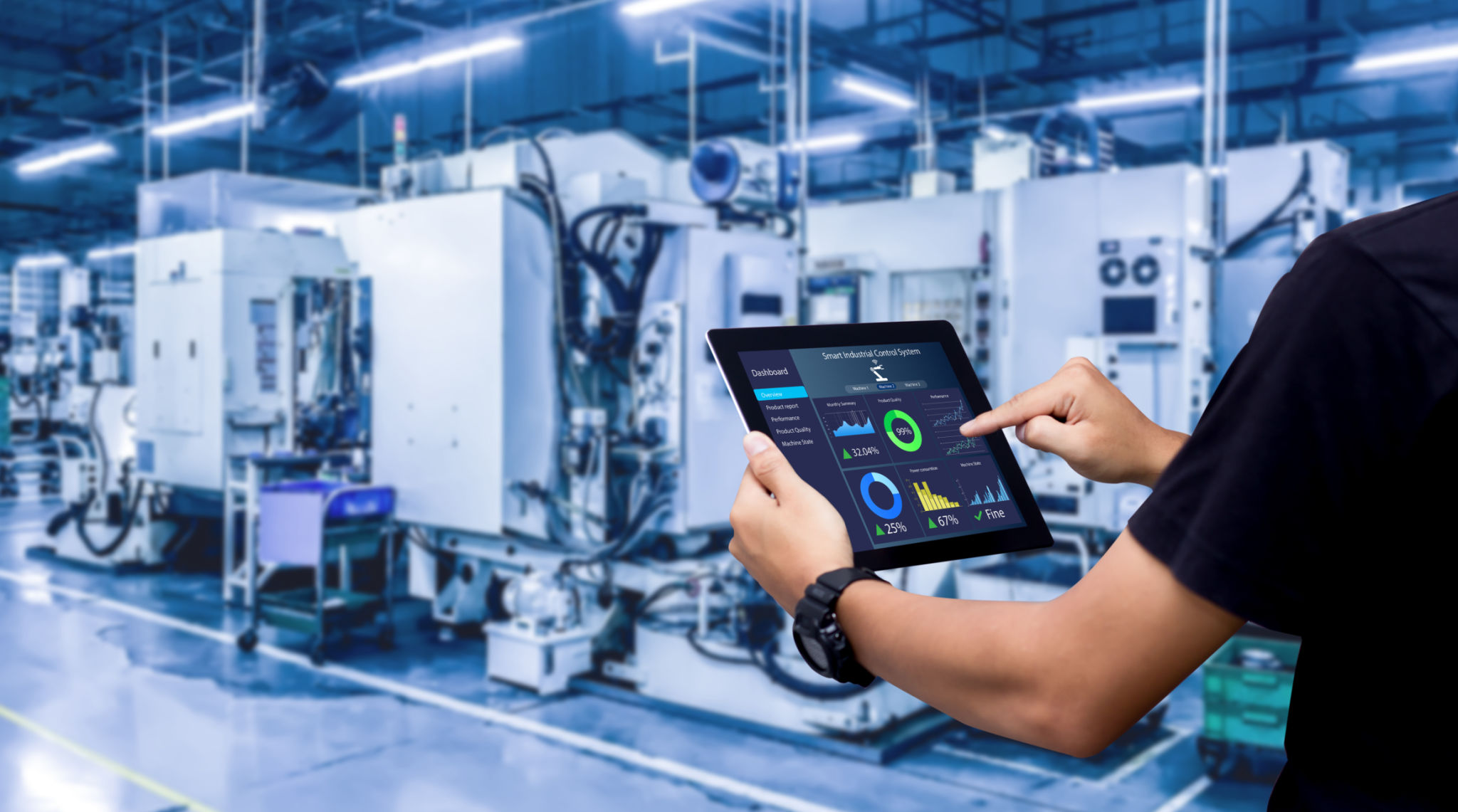Optimizing Industrial Process Control for Efficiency: A Comprehensive Guide
Understanding Industrial Process Control
Industrial process control is a critical component in manufacturing and production industries. It involves the use of various control systems, such as computers or robots, to manage processes and ensure they operate within set parameters. The primary goal is to optimize efficiency, reduce waste, and improve the quality of the end product. As industries evolve, the need for more efficient process control systems becomes increasingly important.

Key Components of Process Control Systems
Process control systems are composed of several key components, each playing a vital role in the overall efficiency of industrial operations. The main elements include sensors, controllers, actuators, and feedback loops. Sensors are used to measure process variables, while controllers compare these measurements against desired set points. Actuators then make necessary adjustments to keep processes on track.
Feedback loops are essential for maintaining stability within the system. They allow for real-time adjustments by using the data collected from sensors to modify the operations dynamically. By fine-tuning each component, industries can achieve significant improvements in process efficiency.
Advanced Control Strategies
To further enhance process control, many industries adopt advanced control strategies such as Model Predictive Control (MPC) and Adaptive Control. These strategies use mathematical models and algorithms to predict future process behavior and make proactive adjustments. By anticipating potential issues before they arise, these methods greatly reduce downtime and improve efficiency.

Benefits of Optimizing Process Control
Optimizing industrial process control offers numerous benefits that extend beyond simply improving efficiency. It leads to reduced operational costs by minimizing waste and energy consumption. Additionally, it enhances product quality by maintaining consistent production standards, ultimately leading to higher customer satisfaction.
Another critical advantage is improved safety. By maintaining tight control over industrial processes, the likelihood of errors or accidents decreases significantly, protecting both workers and equipment.
Steps to Optimize Process Control
Implementing an optimized process control system involves several steps:
- Assessment: Evaluate current processes to identify inefficiencies and areas for improvement.
- Technology Integration: Incorporate advanced technologies like IoT and AI for real-time monitoring and control.
- Training: Ensure staff are adequately trained to operate and maintain new systems effectively.
- Continuous Monitoring: Regularly review system performance and make adjustments as needed.

The Role of Technology in Process Control
The integration of cutting-edge technologies such as the Internet of Things (IoT), Artificial Intelligence (AI), and Machine Learning (ML) has revolutionized industrial process control. These technologies enable real-time data collection and analysis, allowing for faster decision-making and improved process optimization.
IoT devices provide detailed insights into every aspect of the production line, while AI and ML algorithms help predict maintenance requirements and optimize resource allocation. The result is a more efficient, responsive, and adaptive industrial process control system.
The Future of Industrial Process Control
The future of industrial process control lies in further advancements in digital technologies. As industries continue to embrace automation and digitization, the potential for even greater efficiency gains becomes apparent. Emerging trends such as Industry 4.0 and smart factories promise to take process control to new heights by fully integrating cyber-physical systems.
By staying at the forefront of technological innovation, companies can ensure their process control systems remain competitive and efficient in this rapidly evolving landscape.